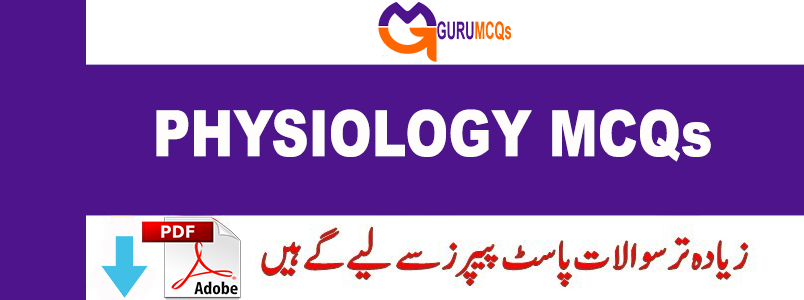
Our collection of physiology MCQs is meticulously designed to reinforce the conceptual understanding of various topics in biology. Covering a broad spectrum, our Human Physiology MCQs with answers delve into multiple concepts, including human digestion, the nervous system, human reproduction, body fluids and circulation, breathing and gas exchange, the renal system, respiratory system, GIT and liver, endocrinology, locomotion and movement in human sense organs, reflex actions, spinal nerves, physiology of urine formation, insulin physiology, and more. These carefully selected topics are sourced from reputable and authoritative physiology reference books. Our physiology MCQs with answers serve as invaluable resources for individuals preparing for interviews, entrance exams, competitive assessments, and certifications, catering to experienced professionals, newcomers, and students alike. Additionally, explore our MCQs on Pharmacology for further study.
81. The neuromuscular transmitter released at neuromuscular junction is_______________?
A. Dopamine
B. Epinephrine
C. Nor epinephrine
D. Acetylcholine
82. In myasthenia gravis_______________?
A. there is lack of acetyl choline
B. Lack of acetyl choline receptors
C. There is isometric contraction
D. Muscles are rigid and tough
83. Tendon (or) ligament is attached to a bone through ____________?
A. Tomes fibers
B. Interstitial fibers
C. Sharpey’s fibers
D. Haversian fibers
84. In an isotonic contraction of the muscle________________?
A. The muscle moves a load through a distance
B. The muscle is not able to move the load
C. The latent period of contraction is shorter than isometric contraction
D. The length of muscle is increased
85. The study of the electrical activity of the muscle is_______________?
A. EEG
B. EMG
C. Venn diagram
D. ECG
86. The following electrodes are used to detect the muscle activity without pain_________________?
A. Surface electrode
B. Round electrode
C. Hook electrode
D. Needle electrode
87. Contractile element in myofibril is_______________?
A. H band
B. Sarcoplasm
C. Sarcomere
D. A line
88. Calcium ions triggers muscle contraction by binding to ___________________?
A. Actin
B. Myosin
C. Troponin
D. Tropomyosin
89. Which of the following is not a marker of bone formation_________________?
A. Alkaline phosphatase
B. Osteocalcin
C. Procollagen marker
D. Hydroxy proline
90. Regulated bone growth through puberty occurs through__________________?
A. Endophyseal plates
B. Ectophyeseal plates
C. Epiphyseal plates
D. Chondrophyseal plates
